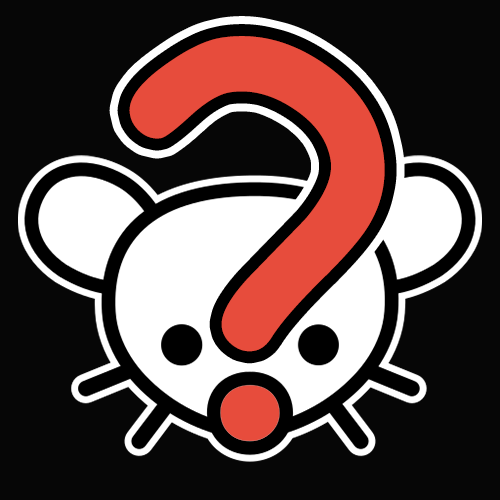If you have a specific trigger you may want to research the movie ahead of time for content. Resources like does the dog die help. Depending on your exact needs you may be able to use other tactics like watching with a friend.
With games this is different in a couple big ways.
- Difficulty is tuneable after the fact. The developer had to make choices about the numbers and implementing them in a way they can be scaled isn’t necessarily more work. Lazy scale the number difficulties are still more accessible than single difficulty.
- Games are often too long to reasonably ask a friend to help you re-edit it by dealing with a specific mechanic every time. It’s also likely that a friend may not enjoy waiting around for their time to shine.
With movies, there are still accessibility things that people do rightly complain about, like the sound mixing. Whispery actors mixed purely for movie theaters is an accessibility problem, even if it’s not typically framed that way.










Difficulty is much harder to research. It’s relatively easy to find if there’s depictions of drug use in a movie.
It’s much harder to tell how hard or easy a game is. I’m reasonably experienced with games, and every time I start one I still waffle over difficulty.
Dark souls often has both its difficulty and the importance of its difficulty to the experience overblown. You can still have encounters like Asylum Demon and Sen’s Fortress alongside difficulty settings.